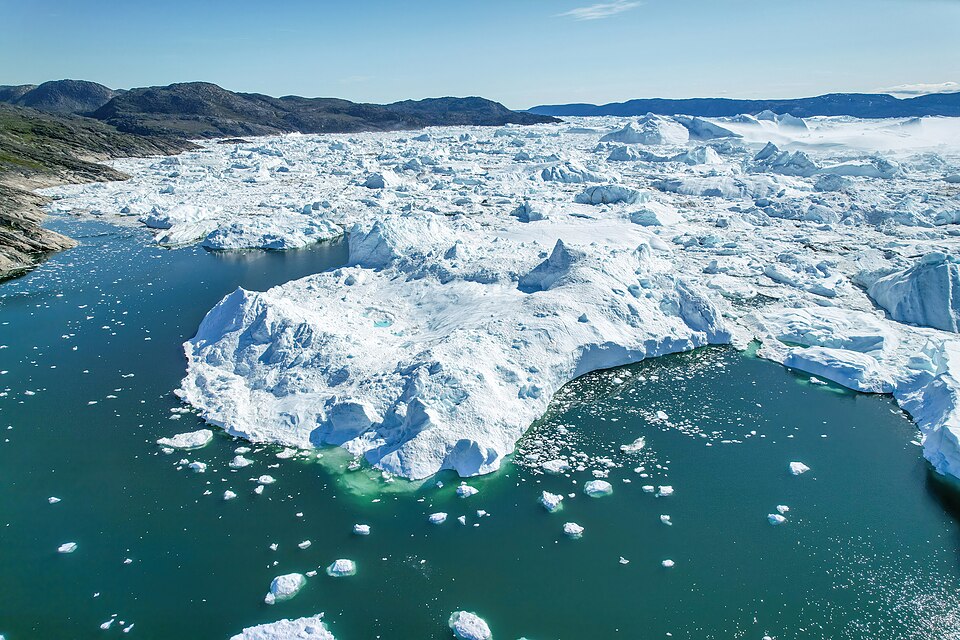Greenland Mega-Tsunamis: First Imaging of Seiches Reveals Earthquake Signals

In September and October 2023, seismic detectors globally recorded unusual signals, prompting investigations into their origin. Initial hypotheses suggested that these tremors were caused by standing waves, known as seiches, triggered by landslide-induced mega-tsunamis in Dickson Fjord, Greenland. Recent research from the University of Oxford has confirmed this theory, utilizing satellite altimetry data from the Surface Water Ocean Topography (SWOT) mission to produce unprecedented images of these seiches.
The findings, published in Nature Communications, present a significant advancement in understanding the dynamics of seiches and their potential to generate seismic activity. Thomas Monahan, a co-leader of the study and PhD researcher at Oxford, stated, "SWOT's capability to provide two-dimensional sea surface height measurements was crucial for our analysis of the seiches during the tsunami events. We observed height differentials of up to two meters, indicating substantial water movement across the fjord."
The research team faced the challenge of distinguishing the observed seiches from other oceanographic phenomena. By correlating satellite observations with ground-based seismic data, they were able to estimate the seiches' dimensions and characteristics. Monahan noted that the September seiche reached heights of 7.9 meters, while the October event measured approximately 3.9 meters. The forces generated by these waves were immense, equivalent to the force produced by 14 Saturn V rockets launching simultaneously.
The geometry of Dickson Fjord played a critical role in amplifying the seiches. Monahan explained, "A sharp bend near the fjord's outlet trapped the seiches, allowing them to reverberate for days, creating seismic waves detectable worldwide."
Significantly, the researchers suggest that climate change may be exacerbating the frequency of such events. As glaciers recede, the de-buttressing process leads to the collapse of surrounding rock, potentially triggering landslides. Monahan warned, "The frequency of tsunamigenic landslides is likely to increase with ongoing global warming, particularly in steep, ice-covered terrains."
Future research aims to investigate how these seiches dissipate over time, a process not yet fully understood. The Oxford team hopes to refine observational techniques and develop algorithms tailored to complex fjord environments, leveraging machine learning to interpret large datasets.
This research underscores the importance of advanced satellite missions like SWOT in monitoring and understanding the implications of climate change on geological phenomena. As the scientific community continues to explore the relationship between climate dynamics and geological activity, the findings from Greenland may serve as a pivotal reference point for future studies.
Advertisement
Tags
Advertisement





